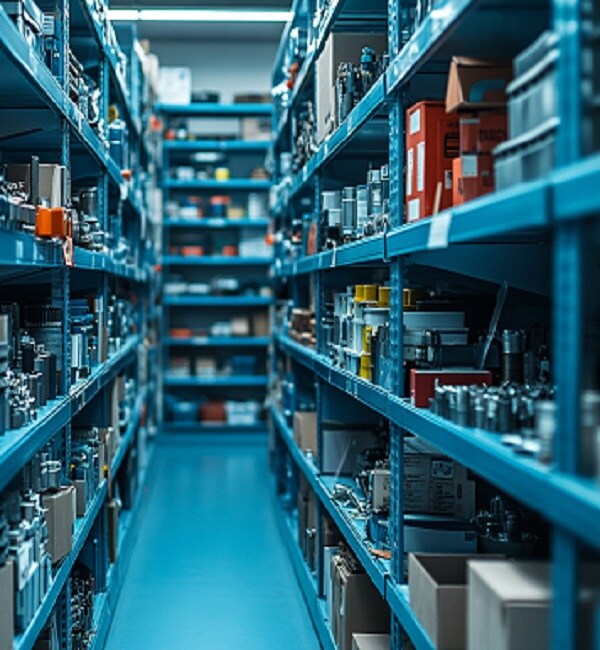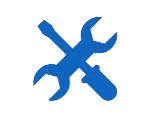Ceramic vs. Semi-Metallic Brake Pads: Choosing the Right Brakes in Montpelier, Vermont
Introduction: Why Brake Pad Choice Matters in Montpelier
Driving in Montpelier and across Vermont's winding back roads puts unique stress on your vehicle's braking system. Moisture, humidity, salt-treated winter roads, and infrequent daily driving can all contribute to rust buildup on brake pads and rotors, often leading to squeaking, grinding, or premature wear. Choosing the right type of brake pad can make a significant difference in how your vehicle stops, how long your brakes last, and how much you spend over time.
At Central Vermont Auto Mart, we regularly inspect, repair, and replace brake systems for local drivers. To help you understand your options, let's break down the main types of brake pads, with a focus on conventional semi-metallic vs. ceramic brake pads, plus a look at other specialized materials like carbon fiber.
How Brake Pads Work: The Basics
- The Caliper: A clamp-like component mounted over the rotor (the disc).
- The Rotor: A metal disc attached to each wheel.
- The Brake Pads: Friction surfaces that press against the rotor.
Brake Pad Materials at a Glance
| Material | Heat Resistance | Noise | Dust | Rotor Wear | Cost Range (per axle)* | Best For |
|---|---|---|---|---|---|---|
| Semi-Metallic | Excellent | Louder | Higher | More abrasive | $75-$150 | Heavy-duty use, towing, cold weather |
| Ceramic | Very good | Quieter | Lower | Gentle | $100-$200 | Everyday driving, rust-prone climates (e.g., Vermont) |
| Organic (NAO) | Fair | Quiet | Low | Gentle | $50-$100 | Budget-friendly, light vehicles |
| Carbon-Ceramic / Hybrid | Exceptional | Quiet | Very low | Minimal | $500+ | High-performance, racing, luxury cars |
Semi-Metallic Brake Pads: Durable but Noisy
Semi-metallic pads contain 30-70% metals such as copper, iron, or steel. They are highly effective at transferring heat and provide excellent braking power, especially in colder climates where brakes must perform immediately.
Advantages:
-
High heat tolerance; resistant to brake fade
-
Strong stopping power under heavy loads (good for towing)
-
Generally more affordable upfront
Drawbacks:
-
Noisier, with more frequent squeaks
-
Produce dark brake dust that can dirty wheels
-
More abrasive, leading to faster rotor wear
-
More prone to rust buildup and squealing in damp Vermont conditions
Ceramic Brake Pads: Clean, Quiet, and Longer Lasting
Ceramic pads are made of dense ceramic materials blended with copper fibers. They excel in everyday driving and are designed to be quiet, clean, and long-lasting.
Advantages:
-
Quieter operation with minimal brake squeal
-
Produce less dust, keeping wheels cleaner
-
Gentle on rotors, extending overall brake life
-
More resistant to rust buildup, reducing Vermont's common squeaking issues
-
Longer service life (often 70,000-100,000 miles)
Drawbacks:
-
Higher upfront cost
-
Not ideal for extreme towing or racing applications
-
May require slight warm-up in very cold conditions before achieving full bite
For Vermont drivers who store a vehicle, commute lightly, or live on rural back roads where rotors tend to collect rust, ceramic pads are often the superior choice. Their resistance to rust-related squeaks makes them a worthwhile investment.
Organic Brake Pads: A Budget Option
Carbon-Fiber and Hybrid Brake Pads: Specialized Performance
High-performance vehicles and sports cars often use carbon-ceramic or hybrid pads. These pads can handle extreme heat without fade, making them ideal for racing or luxury applications. However, they come at a steep price-often thousands of dollars per set-and are unnecessary for daily Montpelier driving.
Some aftermarket manufacturers also offer hybrid pads that blend ceramic and semi-metallic qualities, giving drivers a middle ground between durability and quiet performance.
Cost Comparisons: Upfront vs. Long-Term Value
| Inputs: | Semi-Metallic Pads | Ceramic Pads |
| Mileage Horizon (miles - driven) | 100,000 | 100,000 |
| Pads & Rotors Inst.* | $344.00 | $412.00 |
| Pads Only Inst.* | $212.28 | $280.28 |
| Estimated Pad Life | 40,000 | 60,000 |
| Predicted services over Horizon | 3 | 2 |
| Pad & Rotor Services | 3 | 1 |
| Pad Only Services | 0 | 1 |
| Total Cost / Horizon | $1032.00 | $692.28 |
| Cost Per Mile | $0.0103 | $0.0069 |

Choosing the Right Pads in Montpelier
Your driving habits, budget, and vehicle type all play a role in brake pad selection:
-
Daily commuting and occasional back road use? Ceramic pads are often the best option.
-
Frequent towing or hauling? Semi-metallic may be the safer choice.
-
Budget replacement for a light-use car? Organic pads can work, but expect shorter lifespan.
-
High-performance vehicle? Carbon-ceramic or hybrid pads are unmatched.
At Central Vermont Auto Mart, we inspect brakes daily and can recommend the best fit for Vermont's climate, road conditions, and your specific driving style.
Summing It Up - The Smarter Brake Choice for Vermont Drivers
Brake pads may look similar, but the material they're made from can make a world of difference in noise, rust resistance, stopping power, and long-term value. For most Montpelier drivers, ceramic brake pads deliver the best balance of performance, longevity, and quiet operation, especially given the region's tendency toward moisture, salt, and rust.
Schedule your brake inspection or repair in Montpelier with Central Vermont Auto Mart today and let our team help you choose the right pads to keep you safe and confident on Vermont roads.
Frequently Asked Brake Pad Questions
 Published August 24, 2025
Published August 24, 2025

